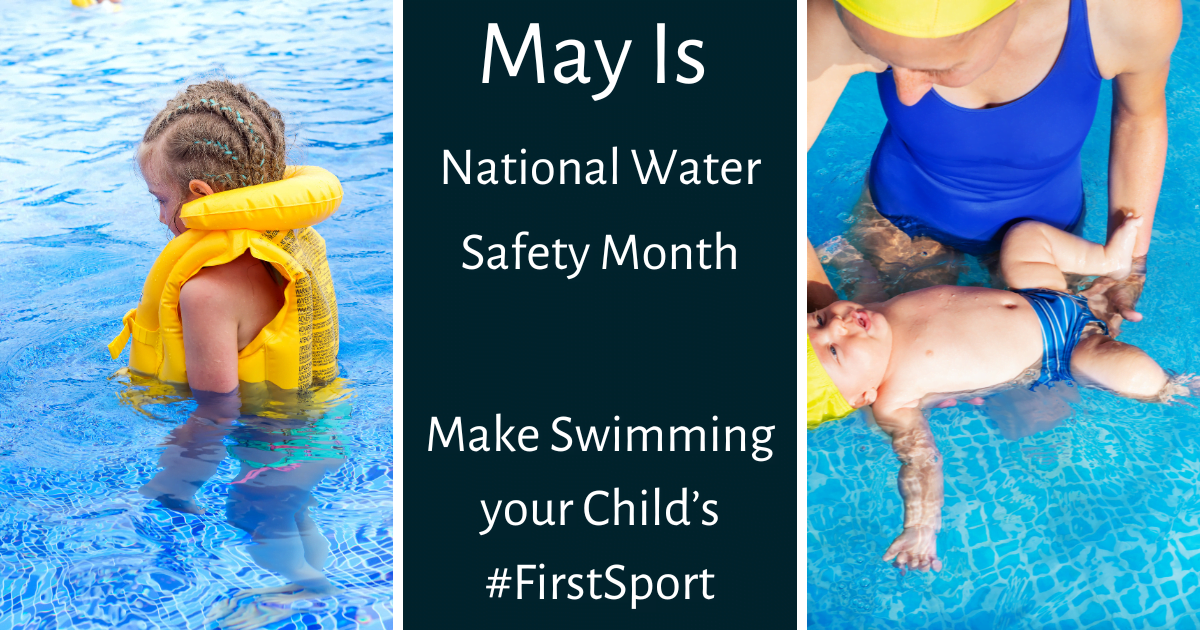May is National Water Safety Month, and we at Colin Irons Pool Leak Detection Services want to bring you a few tips on how to apply pool water safety measures and keep your family safe this summer. According to the National Drowning Prevention Alliance (NDPA), swimming is more than just a recreational activity; it’s a vital survival skill. The following recommendations emphasize the importance of making swimming the first sport your child learns, especially since drowning is the leading cause of death for toddlers in America. As you will find in this guide, installing pool barriers and pool alarms, in addition to life jacket usage and learning CPR, are some of the things you can do to ensure your child’s safety in a pool.
1. Barriers & Alarms
Ensuring your little ones have limited access to the pool area is a practical and effective way to enhance water child safety. This can be achieved through the use of barriers and alarms, providing you with peace of mind:
- Install four-sided fencing around all pool areas, complete with self-closing and self-latching gates to minimize unsupervised access.
- Secure your pool with safety covers and set up alarms that alert you when someone enters the pool area without supervision.
- Making sure your pool meets the standards of the Virginia Graeme Baker (VGB) Pool and Sap Safety Act is crucial for pool safety. This act mandates the use of drain covers that prevent entrapment. If you need assistance with this process, please call us at (940) 484-4468. We are committed to ensuring all underwater cover changes meet these requirements without the need to drain your pool.
2. Swimming Pool Supervision Ensures Child Safety
Your child’s best friend by the pool is an adult’s constant, vigilant supervision:
- When children are near water, assign a responsible adult to maintain eye contact without distractions. Rotate the watcher every 15 minutes to keep the supervision fresh and attentive.
- For gatherings, ensure that a qualified lifeguard is on duty to oversee all water activities.
3. Learn How to Swim
Developing water competency is essential for drowning prevention:
- Introduce your child to swimming lessons early. Look for programs that focus on water survival skills in addition to basic swimming techniques.
- Frequent practice helps reinforce new skills and build confidence in the water.
4. The Use of Life Jackets for Child Safety
Life jackets are a critical layer of protection for child safety:
- Ensure the life jacket is U.S. Coast Guard-approved and fits the child correctly, based on weight and chest size.
- Equip children with life jackets in and around the swimming pool and also around natural bodies of water, even if they know how to swim.
5. Emergency Preparation
Be prepared for any water-related emergency:
- Adults and older children should know CPR and basic water rescue skills. Update these skills regularly through certified courses.
- Have a phone ready for emergencies and familiarize yourself with the location of rescue equipment and first aid supplies.
- To prevent electrical accidents, it’s crucial to ensure that all pool equipment, including pumps and heating systems, is connected via GFCI (Ground Fault Circuit Interrupter) outlets and that power disconnects are accessible and clearly marked to enable quick shut-off in emergencies. Colin Irons Pool Service has over 25 years of experience helping homeowners and commercial pools stay compliant with these safety measures.
6. Additional Resources
For more details and reliable information on how to accomplish these five key recommendations, check out this list of resources we have compiled. They cover everything from teaching your kids how to swim to getting CPR-certified.
- #FirstSport Campaign – Learn more about drowning prevention.
- Center for Disease Control and Prevention – Learn more about healthy swimming.
- U.S. Consumer Product Safety Commission – All you need to know about barriers and alarms.
- American Red Cross – Get certified in CPR.
- Pool Safely – Learn how to spot a dangerous pool or spa drain.
Conclusion
Swimming is an essential skill that provides a lifetime of health benefits and equips children with the necessary abilities to ensure child safety in water environments. By making swimming the #FirstSport for your child, you’re not just engaging them in a fun activity; you’re taking a proactive step toward preventing drowning and enhancing their overall safety, including adhering to crucial safety regulations like the VGB compliance and ensuring electrical safety around pool areas.


